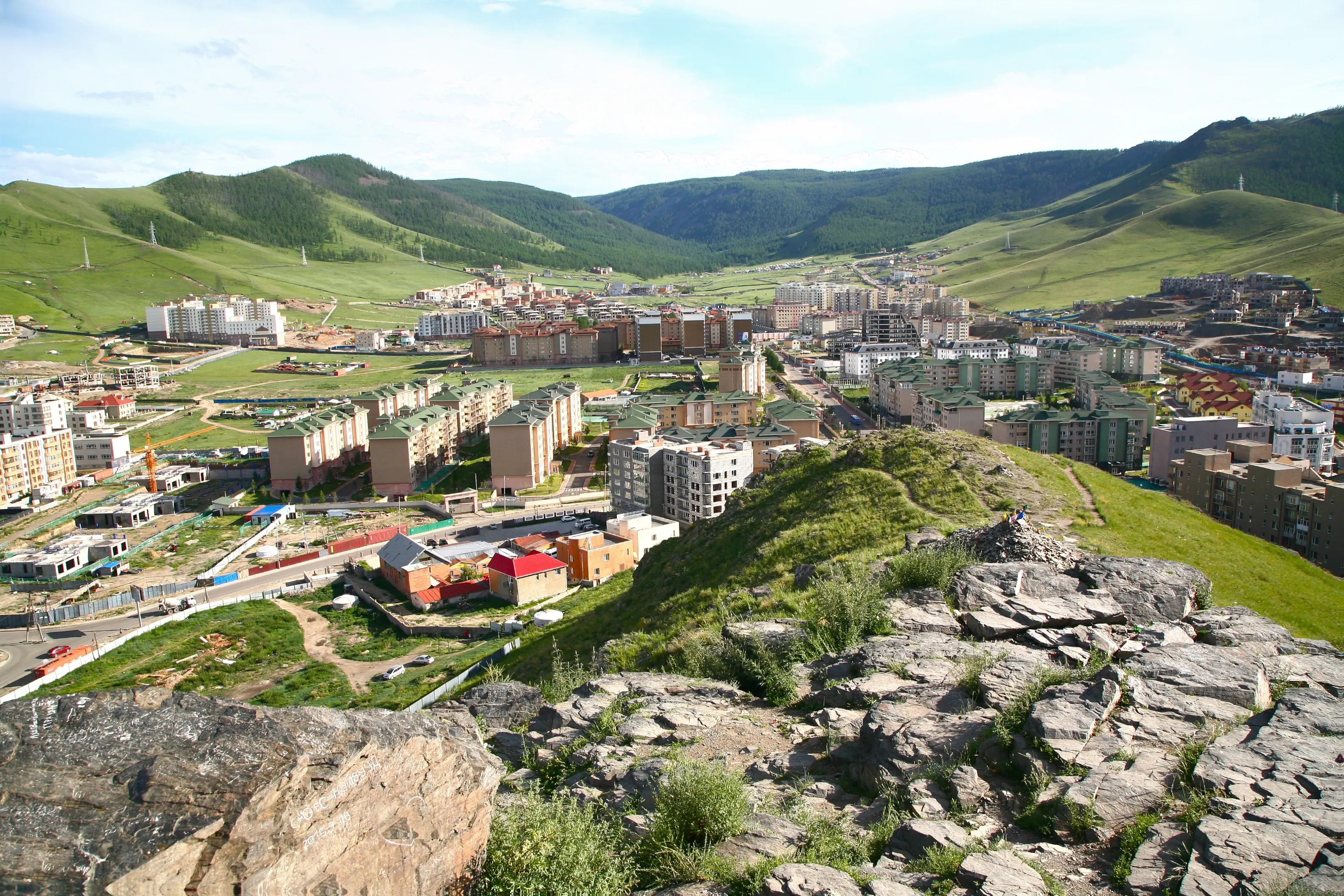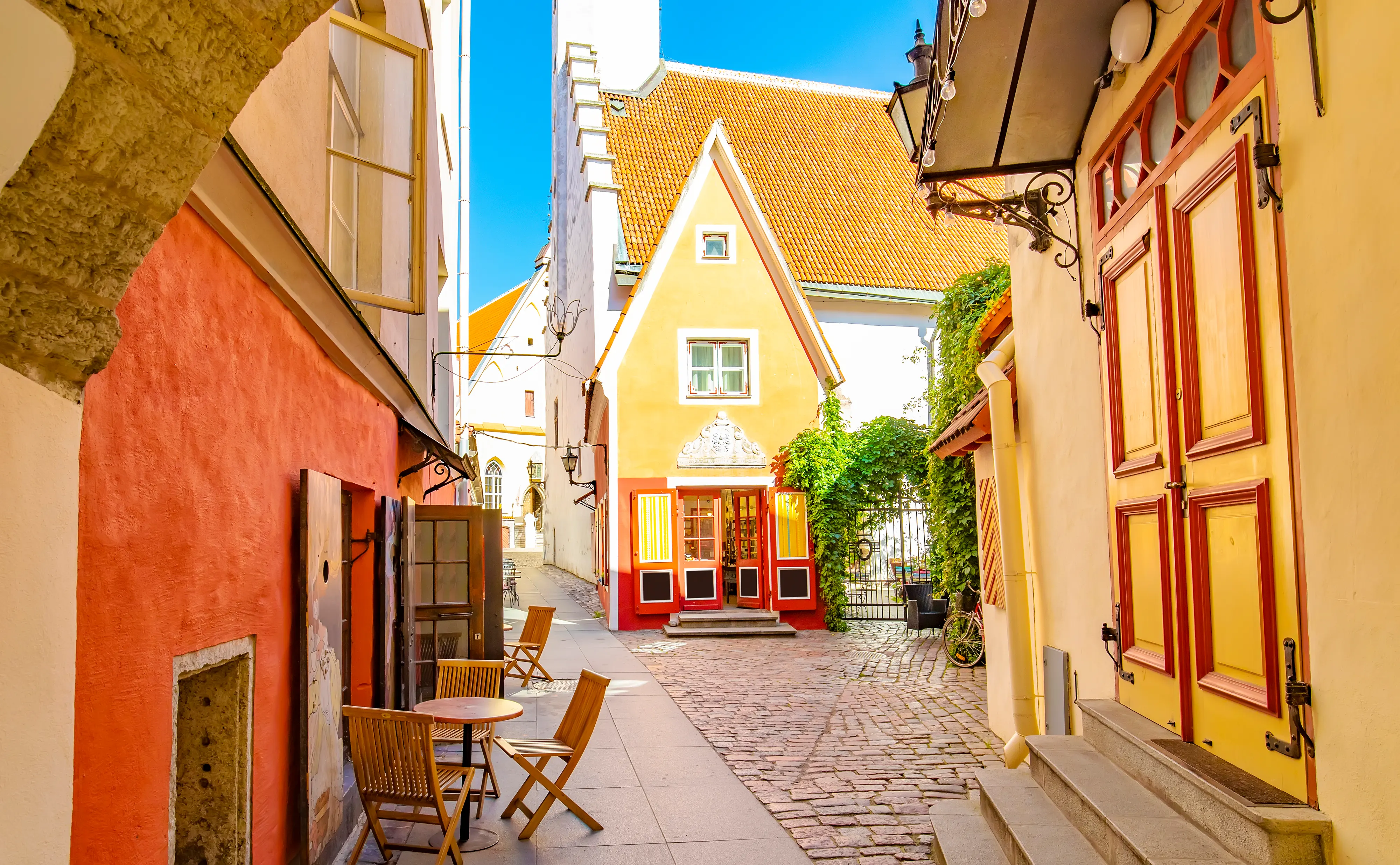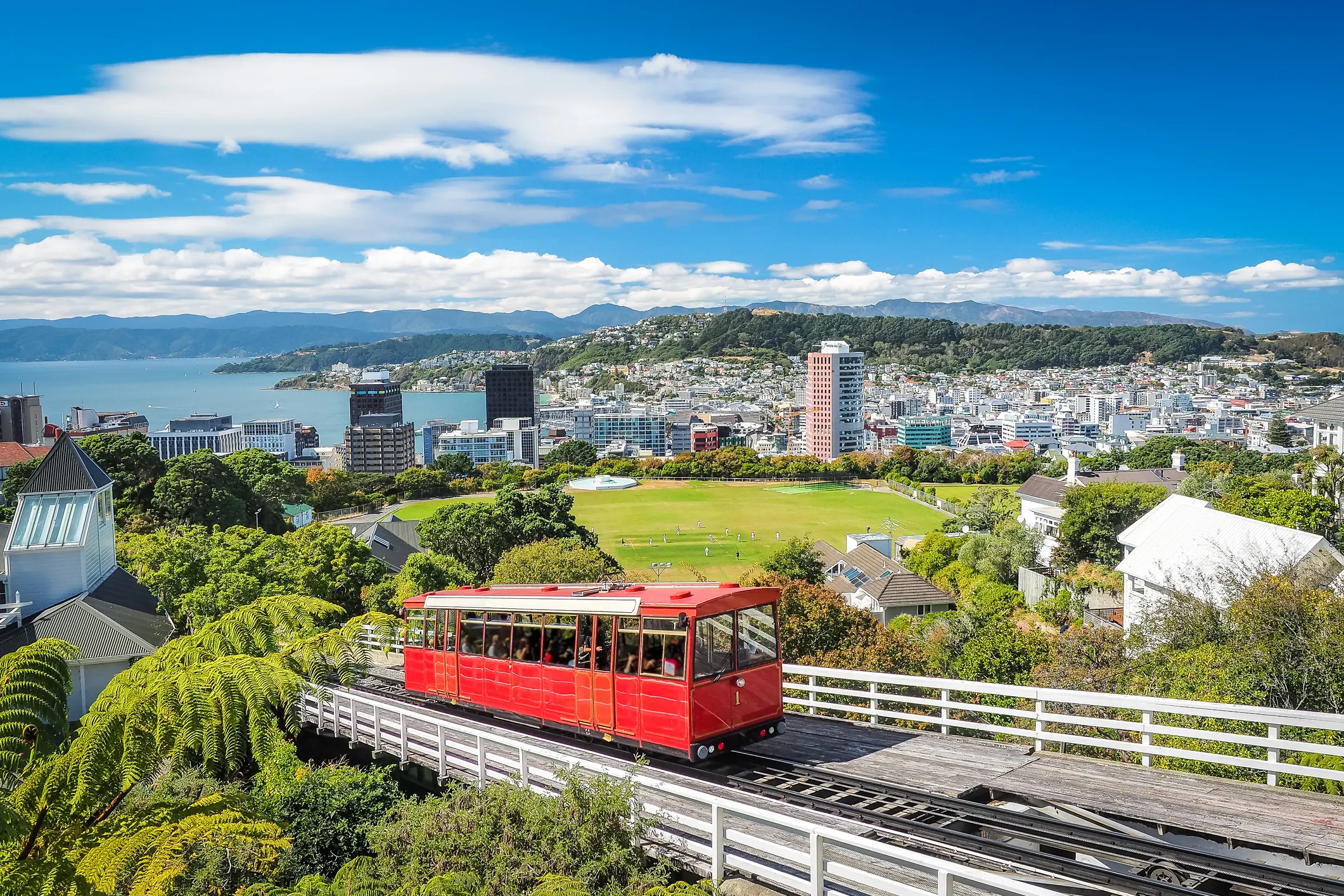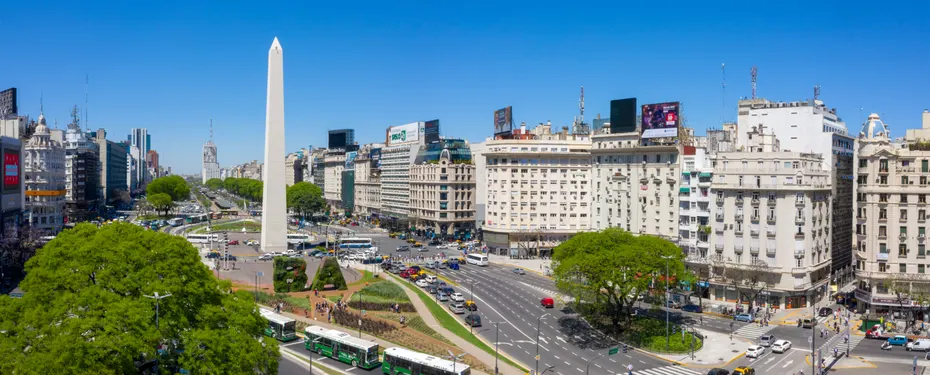I live the remote worker’s dream. I live in a small fishing town in Thailand, five minutes from a beach and half an hour from the major city of Hua Hin.
Here, there are no traffic jams, restaurants are cheap, seafood is fresh, and the beach bar is actually on the beach.
If it’s not paradise, it’s pretty darn close. But even in paradise, I’m feeling the effects of climate change.
This year’s hot season lasted months longer than usual. Meteorologists predict a shorter but more intense monsoon season, one that will surely damage local fishing boats which will in turn drive up the price of seafood… and in a fishing town, that means the price of everything else, too.
My paradise might not be paradise for long.
How to Move Out of the U.S.
How to Move Out of the U.S.
In all sorts of beautiful, welcoming, culturally rich, saner places around the world, you can live well from $2,000 a month (all in, housing included). Sign up for our free daily IL Postcards e-letter and we’ll immediately send you a free report on the WORLD’S # 1 RETIREMENT HAVEN— plus 9 more spots you should have on your radar. Each day, you’ll earn about the best places to move to, retire, travel, buy real estate, and enjoy a good life for less, overseas.

By submitting your email address, you will receive a free subscription to IL Postcards and special offers from International Living and our affiliates. You can unsubscribe at any time, and we encourage you to read more about our Privacy Policy.
In the past two hundred years, the average global temperature has increased by about two degrees Fahrenheit, and that seemingly small change has disrupted climate patterns across the world.
So it only makes sense to make climate change a consideration when searching for an ideal place to live abroad.
"Once in a lifetime" and "worst ever" weather events are so frequent now that they overlap. The 10 hottest years in the last century and a half have all happened since 2010.
In the coming decades, places along the equator, coastlines, and small islands will all face encroaching waters.
Arid and desert regions will get, well, more arid.
And woodlands will deal with increased fire risk… just take a look at California.
Destinations most Americans have become accustomed to thinking of as the best places to retire—like Florida—won’t be in the all-too-near future.
And on the flip side, places we may never have considered relocating to could become paradise…
How to Move Out of the U.S.
How to Move Out of the U.S.
In all sorts of beautiful, welcoming, culturally rich, saner places around the world, you can live well from $2,000 a month (all in, housing included). Sign up for our free daily IL Postcards e-letter and we’ll immediately send you a free report on the WORLD’S # 1 RETIREMENT HAVEN— plus 9 more spots you should have on your radar. Each day, you’ll earn about the best places to move to, retire, travel, buy real estate, and enjoy a good life for less, overseas.

By submitting your email address, you will receive a free subscription to IL Postcards and special offers from International Living and our affiliates. You can unsubscribe at any time, and we encourage you to read more about our Privacy Policy.
Ulaanbaatar, Mongolia

Historically, Mongolians are legendary for being fierce warriors and tough nomads… but today, Mongolians are better known for their generosity and hospitality.
Over the past ten years, Ulaanbaatar, located in central Mongolia, has become a destination for digital nomads due to its modernity and cheap cost of living.
It’s a thriving metropolis with a population of 1.7 million, a number expected to double in less than five years. And right now, it’s nearly 70% cheaper to live in Ulaanbaatar than New York City.
Remote workers have brought an influx of Italian bistros, Korean restaurants, and Irish pubs. Hotels and long-stay accommodations have increased in response to demand.
And Mongolia’s iconic landscape can be seen in the nearby Gorkhi-Terelj National Park, popular among tourists and locals alike.
In the coming years, its mild weather is expected to warm… and as the agricultural industry grows as a result, standards of living are expected to rise.
Nuuk, Greenland

Another surprise may be Nuuk, the capital city of Greenland.
Greenland is perhaps the greatest real estate hoax ever played, as "Green" land is a misnomer for this icy winterscape.
Around the year 1000, Viking Eric the Red established a settlement in now-Greenland. He returned to his home on Iceland with stories of a new country—called Greenland—that promised a life of abundance.
He used the tale to attract Icelanders to his new settlement there, Nuuk… which was anything but the verdant land promised.
But Eric the Red might be right in the end.
Greenland’s winters hover around -40 degrees Fahrenheit (yes, you read that right) and it’s the current abode of polar bears and Arctic seals.
But by 2050, this country is expected to be warmer, greener, and home to a more bustling economy.
Climate scientists predict that once nearby seas are free of ice, Greenland’s northern sea passages will become vital to shipping routes.
And the melting of sheet ice will uncover large expanses of agriculture-ready land… as well as large mineral deposits.
Subsequently, a series of Arctic cities will pop up along this newfound shipping lane… and Nuuk will be the most important of them.
Greenland itself expects Nuuk to grow from a population of 18,000 to a city of over a million… by as soon as 2035.
To attract remote workers and promote integration, Greenland has also created free language and culture classes for newcomers.
Tallinn, Estonia

According to rising sea level models, Central Europe could fare quite well in the future.
And Estonia, nestled between the Balkans and Scandinavia, could become one of the most desirable destinations.
The capital city of Tallinn, with its well-preserved medieval center, is just the kind of historical setting that draws North Americans who lack such heritage in their own towns and cities.
Toompea Castle and the medieval town square draws history buffs, while nature lovers can hike, bike, or paddle just a short ride from the capital. (Fifty percent of the country is heavily forested.)
Three of Estonia’s six national parks have been named by the The European Federation of Protected Areas as important examples of sustainable tourism.
And since exiting the iron curtain, Estonia has outperformed its fellow Baltic countries. In fact, Estonia is a growing destination for digital nomads… helped by the fact that it’s about 30% cheaper than the average cost of living in the U.S.
Estonia left the Soviet Union in 1991, but the country’s Soviet math- and science-heavy schooling turned out to have been a boon during the tech revolution. It’s now the leading country in Europe per capita for successful startups.
Despite a population of only 1.3 million, Estonia has been the launching place for $10-billion tech companies… including Skype.
Plus, the country has one of the most far-reaching climate change plans of any country. Estonia is committed to reducing carbon emissions by the year 2050, replacing fossil fuels with wind energy and biofuel.
Estonia offers specific digital nomad visas, family visas, and e-residence visas… adding to its appeal.
How to Move Out of the U.S.
How to Move Out of the U.S.
In all sorts of beautiful, welcoming, culturally rich, saner places around the world, you can live well from $2,000 a month (all in, housing included). Sign up for our free daily IL Postcards e-letter and we’ll immediately send you a free report on the WORLD’S # 1 RETIREMENT HAVEN— plus 9 more spots you should have on your radar. Each day, you’ll earn about the best places to move to, retire, travel, buy real estate, and enjoy a good life for less, overseas.

By submitting your email address, you will receive a free subscription to IL Postcards and special offers from International Living and our affiliates. You can unsubscribe at any time, and we encourage you to read more about our Privacy Policy.
Wellington, New Zealand

Most know the New Zealand landscape from the Lord of the Rings films… but the country’s real gem is Wellington.
The Economist rates Wellington among the best places to live in the future considering 76 indicators that fall into five categories: digital security, health security, infrastructure security, personal security, and environmental security.
Wellington’s also the seventh-safest city in the world. Wellington’s cost of living is about 20% lower than that of New York City.
The country is essentially self-sufficient when it comes to agriculture, industry, and utilities.
It’s challenging to establish residency in New Zealand, but keep an eye on their visa programs. At present, New Zealand offers a two-year retirement visa for those over 66 years old… though it’s costly.
By 2050, the city is expected to experience warmer temperatures year-round, more comparable to California today.
Even then, the mountains closest to Wellington are still expected to get enough annual snowfall for winter sports.
Buenos Aires, Argentina

Argentina’s got a lot going for it: 2,900 miles of coastline, the Patagonia mountain range, and plans to slash carbon emissions by 2030. The recent election of President Javier Milei may generate some uncertainty in terms of economic and political policies.
Nevertheless, Buenos Aires, located on Argentina’s southeastern coast and boasting a population of 15 million, is well-named. It enjoys the cleanest air of any city its size in the world… and it has an average yearly temperature of 60 F (though that’s expected to increase by six degrees in the next 25 years).
A single person can do well on about $1,000 a month including rent, and even that low cost is discounted once you leave the city center.
Plus, retirees are offered one-year visas (renewable up to three years) with a clear path to permanent residency. And they’re welcome to buy land, own businesses, and build private homes, too.
Argentina takes great pride in its natural beauty, and consequently has taken climate change seriously. Buenos Aires has implemented a program that promotes recycling not only consumer goods but construction materials and even the regeneration of waste water.
As a result, citizens report that the city is not only clean, but efficient… and attractive to newcomers.
Arguably, Argentina is more culturally European than Latin American, making it an easy transition for North Americans looking to move south.
There’s change ahead, but those in the know will be able to take advantage… and settle in a new paradise.
As you plan ahead, look toward the Northern Hemisphere, which is predicted to retain the optimum living temperature not only for humans but for flora, fauna, and agriculture, too. Northern inland locations will remain protected from extreme weather events, and lakes and high altitudes will keep temperatures moderate.
And know, too, that just by reading this… you’re already well ahead of the curve.
How to Move Out of the U.S.
How to Move Out of the U.S.
In all sorts of beautiful, welcoming, culturally rich, saner places around the world, you can live well from $2,000 a month (all in, housing included). Sign up for our free daily IL Postcards e-letter and we’ll immediately send you a free report on the WORLD’S # 1 RETIREMENT HAVEN— plus 9 more spots you should have on your radar. Each day, you’ll earn about the best places to move to, retire, travel, buy real estate, and enjoy a good life for less, overseas.

By submitting your email address, you will receive a free subscription to IL Postcards and special offers from International Living and our affiliates. You can unsubscribe at any time, and we encourage you to read more about our Privacy Policy.
